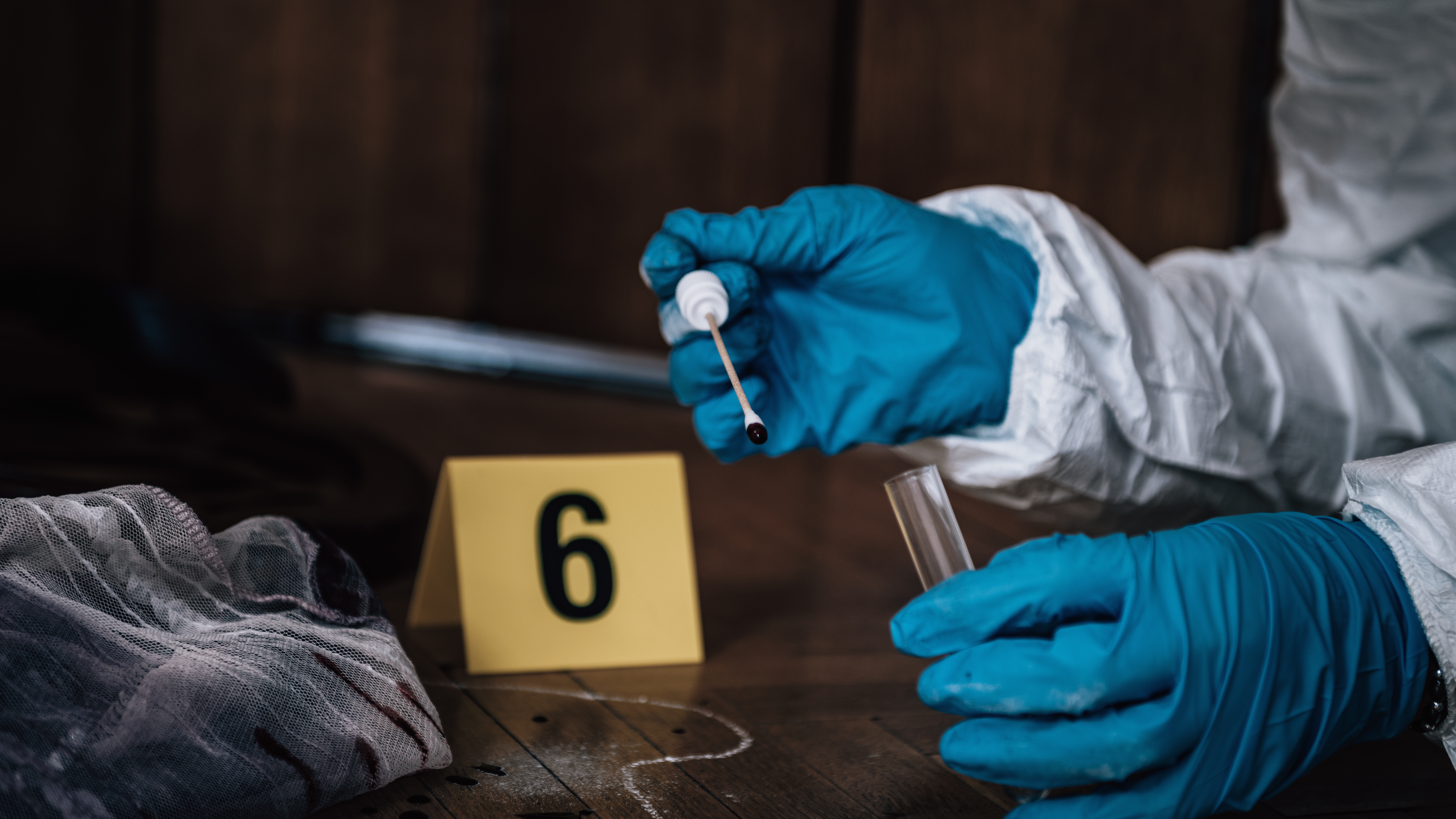Insects Can Reveal Secrets of the Past
Insects Can Reveal Secrets of the Past
New Scientific Innovations
As we constantly see impressive advances in technology, our abilities to understand and explore the past become increasingly more accessible. Some of these amazing innovations can now look at both prehistoric and current day insects to find out some amazing secrets about the history of our world. Here are just a few of them: 
Mosquitos and Dinosaurs
Much like in Michael Crichton’s fictional story, Jurassic Park, prehistoric mosquitos have actually been discovered preserved in substances such as amber, the oldest dating back to roughly over 45 million years ago. Entomologist spouses Roberta and George Poinar collected and examined these very kinds of amber drops. Following extensive testing, they were able to extract preserved contents within the gut of two of the amber-preserved insects, which revealed some shocking details about the potential health of dinosaurs. The first insect they analyzed contained a parasitic disease known as leishmania, which is known for infecting reptiles and is typically found in tropical regions. Depending on the severity of the disease, it can cause topical skin lesions or spread throughout attacking several internal organs. The second specimen contained pathogens that cause malaria – arguably the most infamous mosquito-borne disease today – which can be deadly. In addition to the amber-preserved insects, the Poinars analyzed various samples of fossilized dinosaur feces, which revealed further evidence of insect-transmitted parasites as well as confirmation of the presence of dysentery. Based on these findings, the Poinars theorize that insect-transmitted pathogens could have been the leading catalysts for the eventual extinction of dinosaurs… which actually makes quite a bit of sense since we are still battling these pests and their deadly health risks today. 
Mummies and Lice
Similar to how mosquitos managed to capture parts of the past, so have lice whose remnants have recently been found in the preserved hair of mummies. In order to make their eggs stick in the hair of their victims, lice use a mucus-y substance that they produce called lice cement which has been found on mummy hair dating back to 10,000 years ago. Not only has this substance managed to stay intact for such long periods of time, but, in a recent study involving 2,000-year-old mummies from South America, biologist Alejandra Perotti discovered that the lice cement also managed to preserve ancient human DNA encased within it. This provided the researchers with incredible insight into the beings that these lice feasted on by providing access to DNA features that are normally completely decomposed due to being deceased for so many years. “We can study thousands of years of the hosts,’ and lice’s, natural and evolutionary history just by examining the DNA trapped in the cement,” explains Perotti. 
A Not-So-Distant Past
Interestingly, bugs, specifically flies/maggots, can be used to determine the timeframes of past crimes. So… while it may not be super far in the past, these insects can still tell us some important information about the past. Known as forensic entomology, this field of study focuses on insects and arthropods in the setting of a crime scene or within the context of a criminal investigation. This tactic is used when dead bodies or decaying matter is at the scene, as these are what will cause flies, and other similar insects, to flock to the area. During decomposition, cells begin to break down and molecules known as apeneumones begin to escape from the deceased body. These apenemones are what attract the flies. The most common flies to be found at crime scenes include blow flies (Calliphoidae), flesh flies (Sacrophagidae), and house flies (Muscidae). Blow flies are usually the first to arrive to these “putrescent parties” and, as such, can often help indicate to investigators how long an individual has been deceased. In addition to providing a timeframe of death, these insets can also help to identify:
- Locations of crime scenes/the site of attacks or murders
- Entomotoxicology – if a body is too decayed to conduct proper toxicology assessments, the fly larvae that have been consuming the corpse can still have traces of drugs within them that had been in the body of the deceased
- Reveal the sites of corpses (sometimes even corpses that were hidden to unsuspecting eyes
- Locate trace amounts of bodily fluids and other important substances that can be collected as evidence
Since its fruition, forensic entomology has become a key element to solving crimes and ensuring a crime scene has been fully examined. As such, it is increasingly important for investigators at crime scenes to do their best to collect and preserve flies, their larvae, and their eggs in order to deliver them to a forensic entomologist for proper analysis. 
Citations
Handwerk, B. (2021) DNA preserved in Lice Glue reveals South American Mummies’ Secrets, The Smithsonian Magazine. The Smithsonian Institution. Available at: https://www.smithsonianmag.com/science-nature/mummies-secrets-revealed-by-ancient-dna-preserved-in-lice-cement-180979300/ (Accessed: January 24, 2022). Hughes, V. (2008) Did the Dinosaurs Bug Out?, The Smithsonian Magazine. The Smithsonian Institute. Available at: https://www.smithsonianmag.com/science-nature/did-the-dinosaurs-bug-out-180940839/ (Accessed: October 2020). Joseph, I., Mathew, D., Sathyan, P. and Vargheese, G. (2011) “The Use of Insects in Forensic Investigations: An Overview on the Scope of Forensic Entomology,” Journal of Forensic Dental Sciences, 3(2), pp. 89–91. Available at: https://www.ncbi.nlm.nih.gov/pmc/articles/PMC3296382/ (Accessed: 2020). Poinar, R. and Poinar, G. (2008) What Bugged the Dinosaurs? – Insects Disease, and Death in the Cretaceous. Princeton University Press. Ricciuti, E. (2020) Why Forensic Entomologists Say Crime-Scene Investigators Should Carry Cans of Tuna, Entomology Today. The Entomological Society of America. Available at: https://entomologytoday.org/2020/04/15/why-forensic-entomologists-say-crime-scene-investigators-should-carry-cans-tuna/ (Accessed: September 2020)
Request a Free Quote Today
(We do not share your data with anybody, and only use it for its intended purpose)


